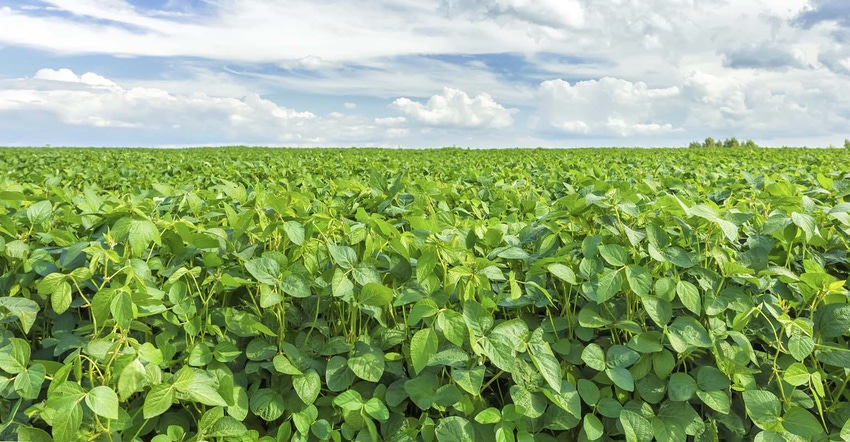November 7, 2017

The Purdue/CME Group Ag Economy Barometer remained within the trading range it has been in since last February, coming in at 135 in October 2017 – the third-highest level since data collection began. The barometer has fluctuated between 124 and 139.
The Index of Future Expectations increased to 137 from a reading of 130 in September, whereas the Index of Current Conditions weakened slightly.
Crop price expectations
On a quarterly basis, producers provide some insight into their crop price expectations 12 months out. Specifically, producers are asked whether they expect prices for corn, soybeans, wheat, and cotton to be higher, lower, or about the same as current levels. Compared to July, fewer producers expect higher corn, soybean and wheat prices in the upcoming 12 months. However, at the same time, fewer producers also expect crop prices to decline over the next year, indicating that an increasing percentage of producers actually expect little change in crop prices during the upcoming year. October marked the smallest share of producers expecting lower prices for soybeans, wheat and cotton in the year ahead since data collection began in October 2015.
Used farm machinery
Once each quarter, producers are asked to rate used farm machinery prices on a scale from one (very low) to nine (very high). During October, the share of producers rating machinery prices as high—a rating of six to nine—increased, while the share of producers rating prices as low—a rating of one to four—declined.
In October, 58% of respondents rated used farm machinery prices as high, the highest percentage since data collection began in early 2016. On the other hand, the share of producers rating prices as low fell from a life-of-survey high 27% in July 2017 to a life-of-survey low 11% in October.
The shift in perceptions regarding used farm machinery values could be an indicator that used machinery values are strengthening. Anecdotal evidence from some Corn Belt farm equipment dealers suggests that sales volume during 2017 improved, which is consistent with producer responses on the survey.
Economic adjustments
For the second year in a row, producers were asked whether they expect to make management changes in response to challenging economic conditions. Specifically, producers were asked if they planned to lower fertilizer rates, lower crop seeding rates, or adjust their hybrid or variety trait packages for the upcoming season.
The share of producers planning reductions in seeding rates and changes in their hybrid/variety choices in 2018 changed little from those reported last year, but the percentage of producers planning to reduce fertilizer usage in 2018 was noticeably smaller than last year. Similar to last year, 19% of producers expect to lower seeding rates and 35% of producers will adjust their seed variety or hybrid package in 2018. However, just one-third of producers indicated they plan to reduce fertilizer rates in 2018 compared to 2017, down from 46% when the survey was conducted a year ago. One possible reason for the smaller share of producers planning to reduce fertilizer rates is that fertilizer prices, particularly for anhydrous ammonia, are lower than a year ago. For example, recent price quotes for anhydrous ammonia were 20% lower than a year ago with other crop nutrient prices exhibiting smaller price declines.
Rental expenses
For the first time, producers were asked on the October survey about their expectations for farmland rental expenses in 2018. Producers overwhelmingly (80% of respondents) indicated that they expected farmland rental rates to be unchanged in 2018 compared to 2017. Responses from the remaining 20% of respondents were split equally between those who expected rental expenses to be higher (10%) and lower (10%).
Interestingly, producer responses to this question differed markedly from the quarterly Agricultural Thought Leaders survey responses. A majority of the ag thought leaders (52 %) expect farmland rental expenses expense to decline in 2018 with just 40% of the thought leaders reporting that they expect farmland rental expenses to be unchanged in the year ahead.
Producers were also asked to project their farms’ expenses in 2018 compared to 2017. A majority of producers (62%) reported that they expect no change in their expenses in the upcoming year. However, somewhat surprisingly in light of the tight operating margins crop farms are facing, 31% of respondents expect their expenses to increase in 2018 compared to a year earlier.
Source: Purdue/CME Group
You May Also Like




